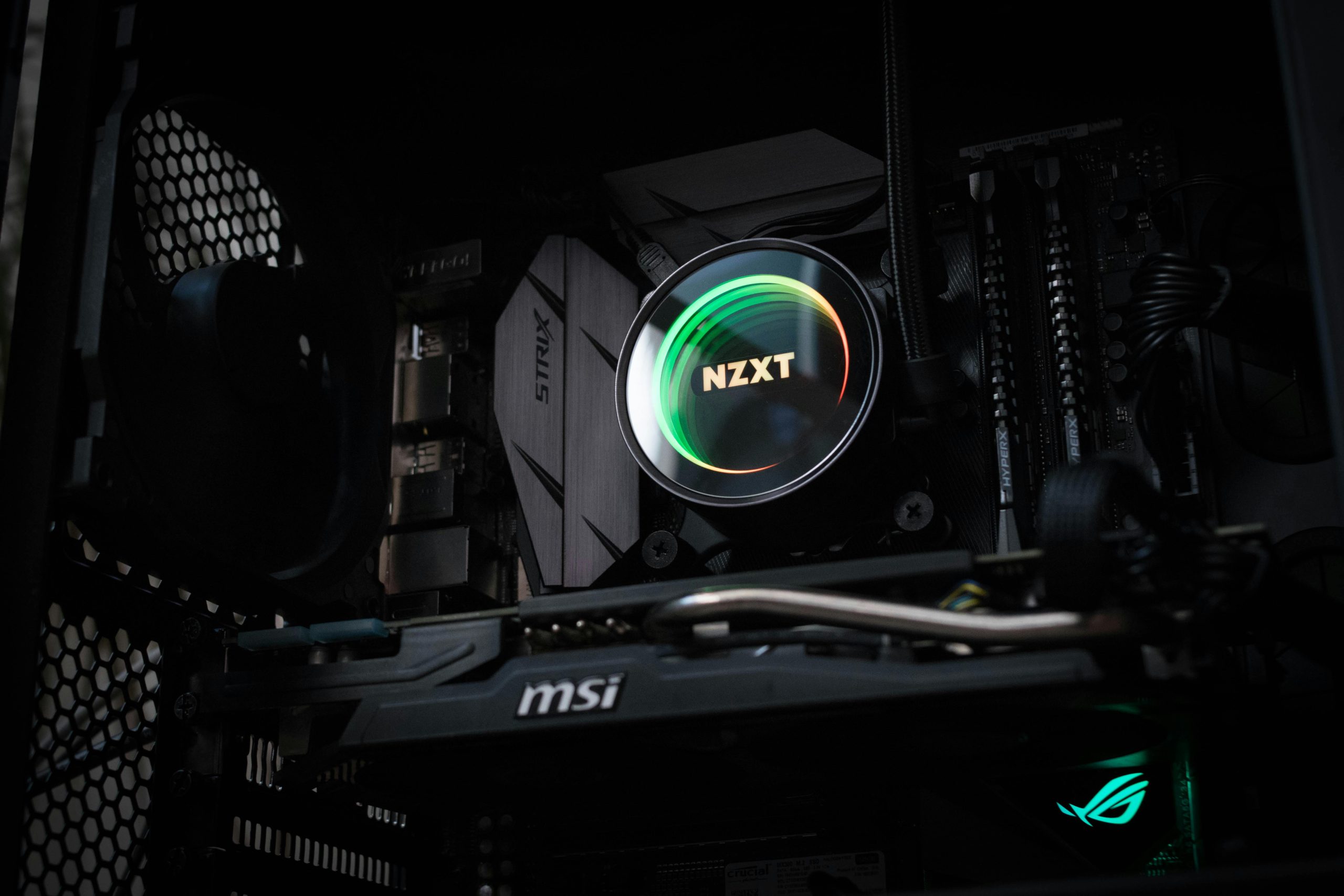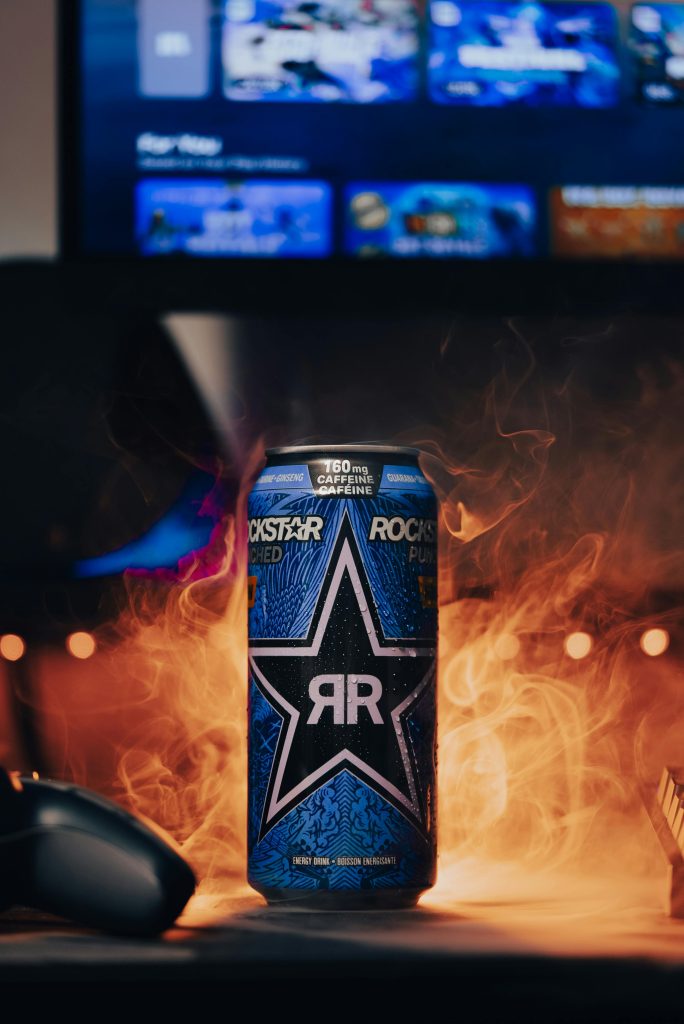Troubleshooting a Non-Detecting GPU: An In-Depth Analysis of Your EVGA GeForce RTX 3060 Ti Issues
Introduction
Graphics processing units (GPUs) are critical components that significantly impact a computer’s performance. However, users may encounter situations where their GPU appears to be powered on but is not recognized by the system. This article explores common causes and troubleshooting steps for a GPU that exhibits power and lighting, yet remains undetected in BIOS, Device Manager, and diagnostic tools such as Display Driver Uninstaller (DDU).
Case Overview
Consider a scenario involving an EVGA GeForce RTX 3060 Ti where the user reports the following:
- The GPU’s RGB lighting is active and its fans are spinning, indicating power presence.
- The device is not detected in BIOS; the motherboard’s firmware does not recognize it.
- The GPU does not appear in Display Driver Uninstaller (DDU) scans or Device Manager, even with hidden devices shown.
- Multiple reseating attempts have been made, positioning the card into different slots without success.
- Notably, removing the GPU while the system is running causes the fans to spin at maximum RPM, implying the card senses power relative to the system’s state.
Understanding the Phenomenon
The symptoms suggest that while the GPU receives power (evidenced by lighting and fan activity), it fails to communicate with the host system. Several factors could contribute to this behavior:
- Hardware Malfunction: Possible damage or failure in the GPU’s circuitry, power delivery components, or connector pins.
- Power Supply Issues: Inadequate or unstable power delivery from the PSU, despite lighting and fans functioning.
- Motherboard or Slot Problems: PCIe slot faults or motherboard issues preventing proper detection.
- Firmware or BIOS Corruption: Corrupted BIOS on the GPU or motherboard, impeding recognition.
- Connector or Cable Problems: Faulty or loose power cables or connectors.
Troubleshooting Steps
To systematically diagnose the issue, consider the following steps:
- Verify Power Connections
- Ensure the PCIe power cables are securely connected.
- Test with a different power cable or connector if possible.
-
Confirm that the power supply unit (PSU) provides adequate wattage and stable output.
-
Test in a Different System or Slot
- If available, install the GPU in another compatible system to determine if the problem persists.
- Try different PCIe slots to rule out slot-specific
Share this content:



